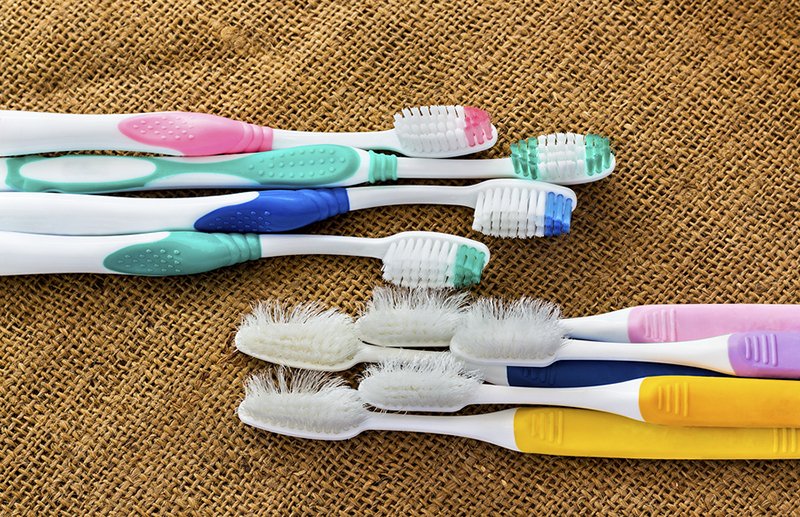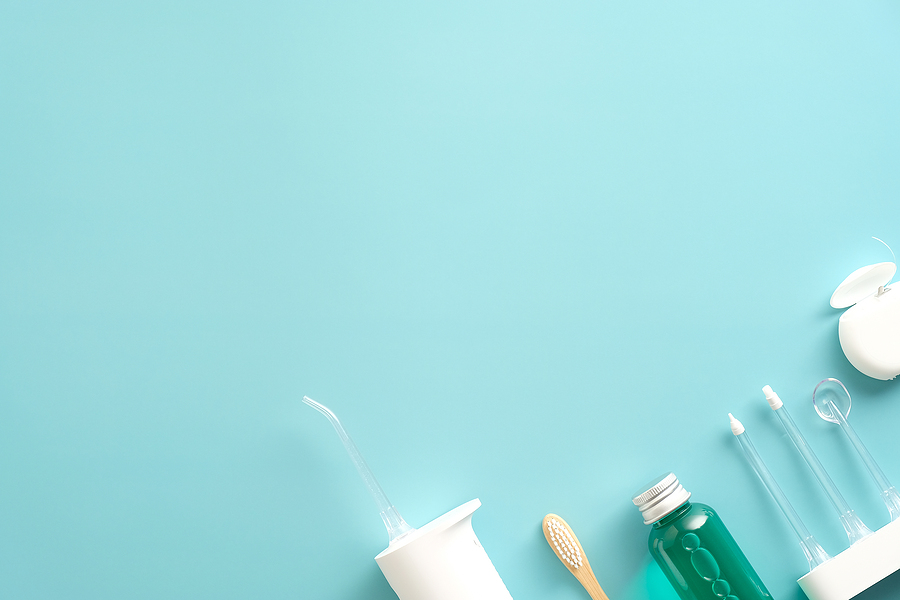
Despite being something that we do everyday, we find that patients have a a surprising amount of trouble brushing and flossing correctly. Dental hygiene is key to preventing dental problems like tooth decay and gum disease (not to mention staining), so be careful not to ignore certain warning signs from your main dental hygiene tool: your toothbrush!
Nothing we’re going to mention below is a secret, but they might be something that you haven’t taken the time to consider in your daily dental hygiene routine.
If your toothbrush is frayed…
…It’s telling you it’s reached the end of it’s life, or at least it’s effectiveness. When used regularly and correctly, toothbrush bristles eventually start to bend and usually start looking frayed after about 3 to 4 months. A frayed toothbrush is much less effective at getting into hard to reach places (such as between teeth and along the gumline).
If your toothbrush is looking frayed sooner than 3 months, you may be brushing your teeth too hard. Hard brushing is a bad habit that many patients have and it can lead to tooth pain, tooth sensitivity, and damage to your gums. It can also wear down your tooth enamel, making your teeth more vulnerable to tooth decay.
Keep track of how long it takes for your toothbrush to look worse for wear, and if it’s happening too fast, talk to us about changing your dental hygiene habits to be more gentle but still effective.
If your toothbrush bristles have changed color…
…It’s also telling you it’s time to get a new one. Many manufacturers include “reminder bristles” in their brush heads, especially in electric toothbrushes. After several months of use, these brightly colored bristles will eventually start to fade to white or clear. Once most of the color is gone, you’ll know it’s time to change your toothbrush. If you toothbrush is turning yellow or some other icky looking color, their may be a problem with your oral health or your habits, and you should talk to us about it at your next visit.
If your toothbrush is still wet from the last time you used it…
…You may be storing your toothbrush incorrectly. If it’s still wet many hours later, there’s trouble brewing…or rather, bacteria. When your toothbrush doesn’t get the chance to dry out between uses it creates the perfect environment for illness and cavity-causing bacteria to grow.
We suggest shaking out your toothbrush after you rinse it after brushing and putting it somewhere with plenty of airflow. Storing your toothbrush upright can help it dry off between uses. Also, if you’re traveling, be sure your toothbrush is dry before you put a plastic cover on it, otherwise you’re trapping it in a wet environment.
If your toothbrush is wet, there’s another possible culprit other than bad storage: someone else in your household may have mistaken your toothbrush for theirs! Make sure you’re not inadvertently sharing a toothbrush with someone else. This is very bad for your dental hygiene, even for couples who kiss!



